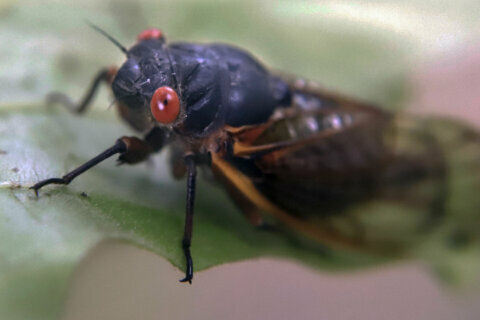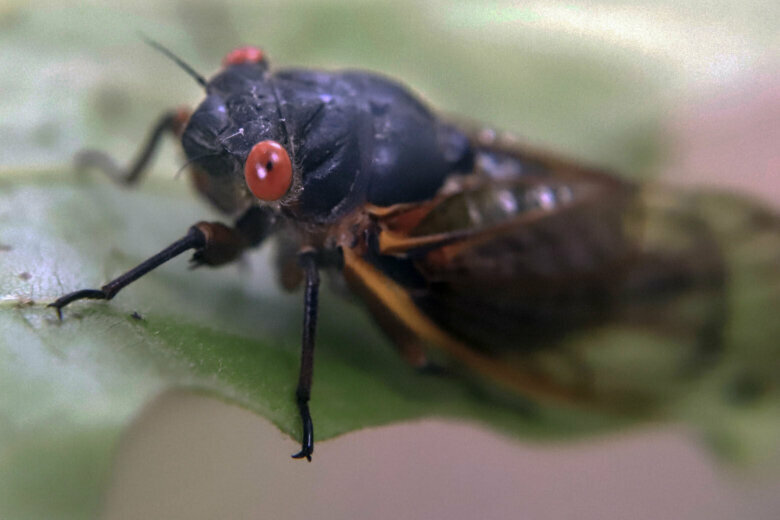
Two broods of cicadas are expected to emerge at the same time this spring, and one could impact parts of Maryland and Virginia, according to Mike Raupp, professor emeritus of entomology at the University of Maryland.
Brood XIX, Raupp said, is expected to range from parts of Northern Virginia to Southern Virginia, the Carolinas, “and in a band sweeping across a little bit further west into places like Mississippi and Alabama.”
There’s also a small pocket of Brood XIX in the southern part of St. Mary’s County in Maryland.
Raupp described Brood XIX as unique because it’s on a 13-year cycle, instead of the 17-year cycle. It’s “one of the largest broods of periodical cicadas in North America,” Raupp said.
Simultaneously, Raupp said, Brood XIII will emerge in the Midwest, and in some places, such as Springfield, Illinois, both may be emerging at the same time.
“This is going to be a major event,” Raupp said. “It’s going to be very widespread. There are going to be billions, if not trillions, of cicadas emerging in that swath from the Virginias down to the Deep South.”
The cicadas will start to pop up when soil temperatures reach the mid-60s, Raupp said, although the ones that Raupp called “stragglers” could come out early.
Generally, the first cicadas start to pop up in April or May, and they tend to tail off in early June.
“The big boy band is really going to be rocking the treetops probably around the second and third weeks of May,” Raupp said.
Brood XIX, Raupp said, is “arguably as large and widespread as the Brood X, the brood we saw back in 2021.”
The decibel levels are expected to reach 100, possibly higher, which Raupp compared to noise levels generated by motorcycles or chain saws.
“If people are saying, ‘Hey, didn’t we just have these guys a few years ago, back in 2021? I thought it was 17 years?’ No,” Raupp said. “Almost every year in some parts of the country, there are going to be periodical cicadas emerging. There are many, many different broods, and they emerge at different points in time in different parts of the country.”
Get breaking news and daily headlines delivered to your email inbox by signing up here.
© 2024 WTOP. All Rights Reserved. This website is not intended for users located within the European Economic Area.









